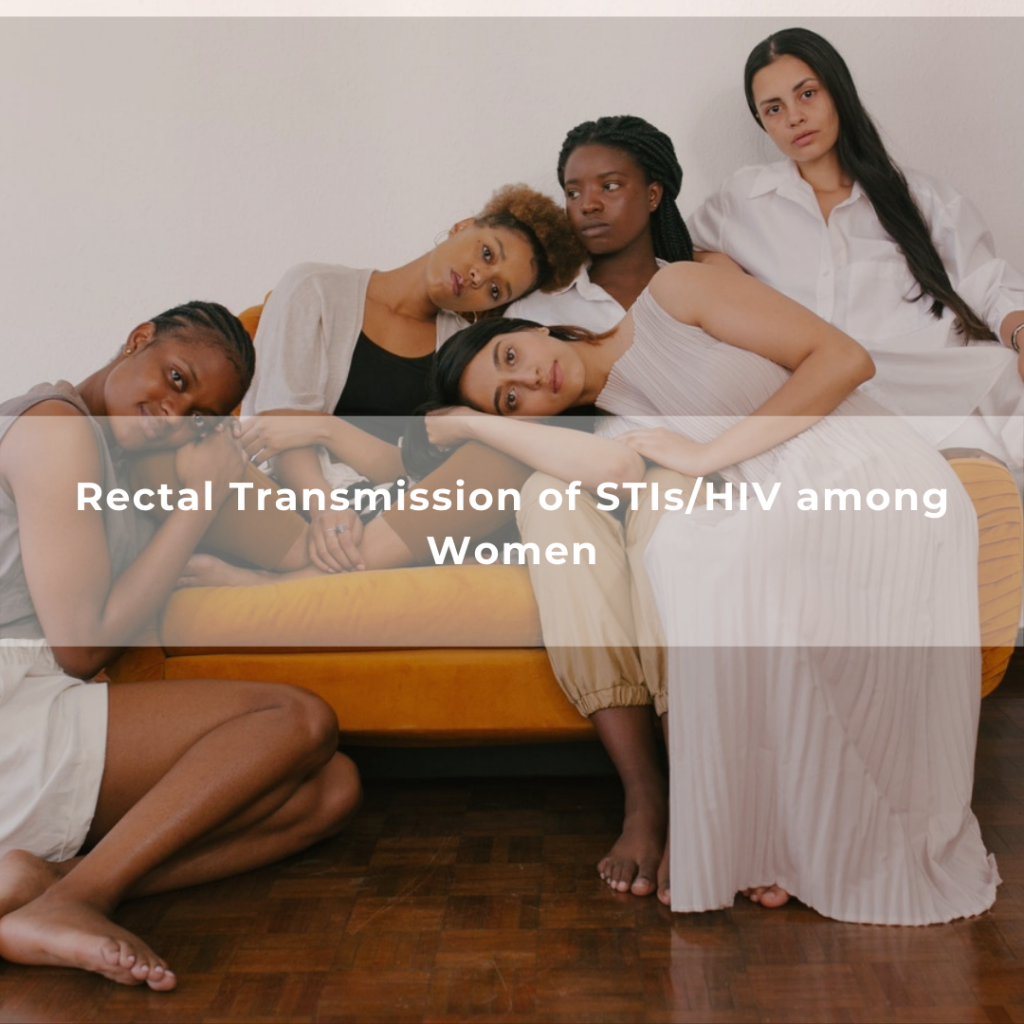
While the prevalence and epidemiology of rectal sexually transmitted infections (STIs) are well characterized among men who have sex with men (MSM), little is known about rectal STIs in women. Evidence demonstrates that women also practice anal intercourse (AI) and are therefore at risk for these infections. The proposed study will investigate contextual factors as well as the prevalence and correlates of rectal STIs among women attending public sexually transmitted disease (STD) clinics in Los Angeles County (LAC) and determine if women who report substance use have differing risks for rectal STIs as compared to women who do not report substance use.
The specific aims of the project are to:
(1) identify contextual factors, which influence AI and the acquisition of rectal C. trachomatis and/or N. gonorrhoeae infection among women, comparing the particular context of substance use;
(2) measure the prevalence and correlates of rectal C. trachomatis and/or N. gonorrhoeae infection among women and determine whether this varies by substance use status.
Unprotected AI is recognized as one of the most efficient modes of HIV sexual transmission and is a commonly practiced behavior with opposite sex partners, with estimates of AI ranging from 7-40% in the United States. It is well established that HIV transmission probabilities are increased in the presence of STIs and there is evidence to suggest that among heterosexuals who report recent AI, about 60-80% report never using condoms suggesting they are likely to also be exposed to other STIs. Although it is clear that AI is a sexual practice with a high probability of transmission of HIV, data on the prevalence and incidence of rectal STIs among women reporting recent anal intercourse is limited. The proposed study will use both qualitative and quantitative methods to examine contextual and individual level factors associated with the acquisition of rectal STIs in women who report AI. Specifically, we will use the Theory of Gender and Power as a framework to examine AI and rectal STI-related exposures and risk factors among women attending the 12 public STD clinics in LAC (Aim 1). We will interview both women who are diagnosed with rectal C. trachomatis or N. gonorrhoeae infection and women who are not diagnosed with these infections, in order to identify key differences, particularly by substance use status. Concurrent to the qualitative assessment we will collect quantitative information available as part of the standard of care within the STD clinics. Currently, all clinics collect demographic and risk behavior information and conduct vaginal screening and rectal screening for C. trachomatis and N. gonorrhoeae among women who report AI. The laboratory testing results, along with medical record information will be used to provide estimates of the prevalence and correlates of rectal STIs and determine the extent to which this varies by substance use status (Aim 2).
The findings from this study will be one of the first to describe the prevalence and factors associated with rectal STIs among a relatively high risk group of women. At the end of the award period, these results will not only help inform overall rectal screening guidelines for women but will be used to develop a proposal designed to test a prevention intervention aimed at reducing the acquisition of rectal STIs/HIV among women.
